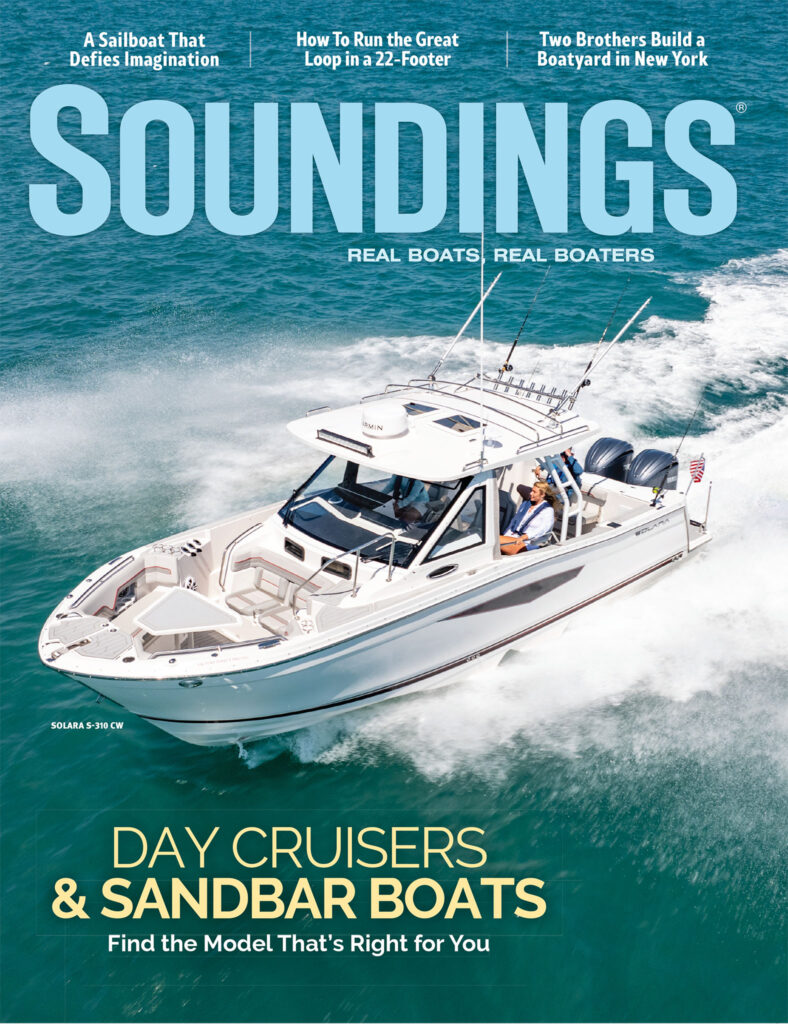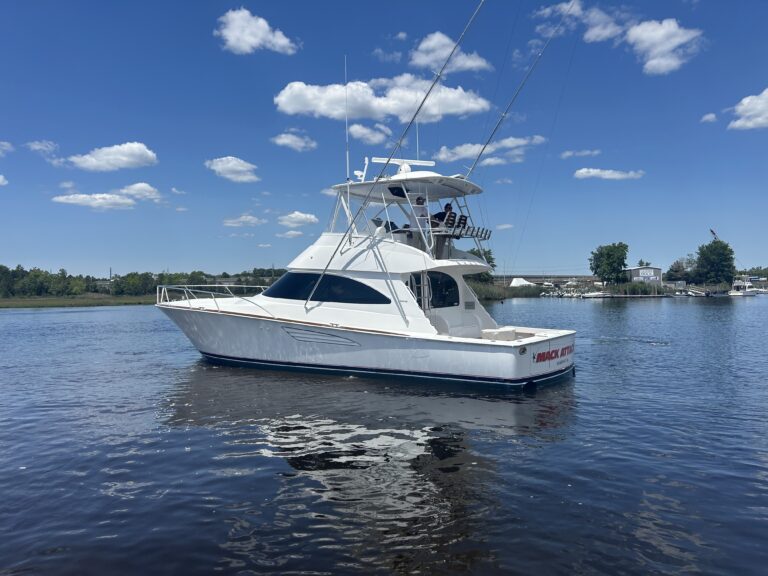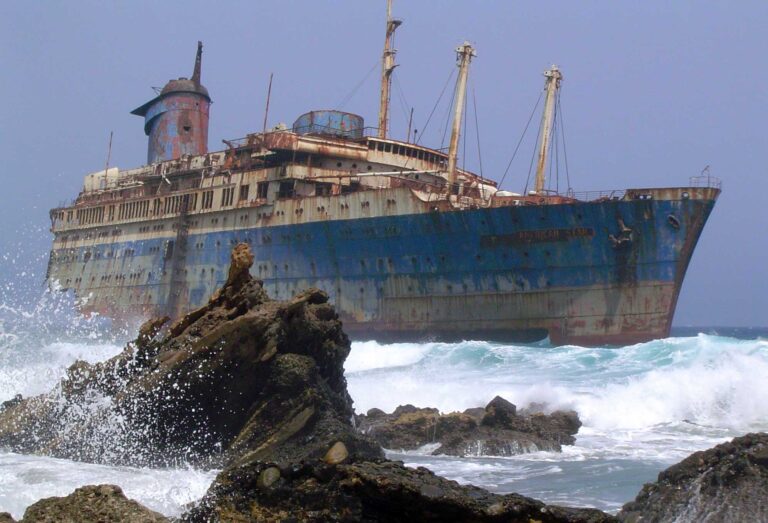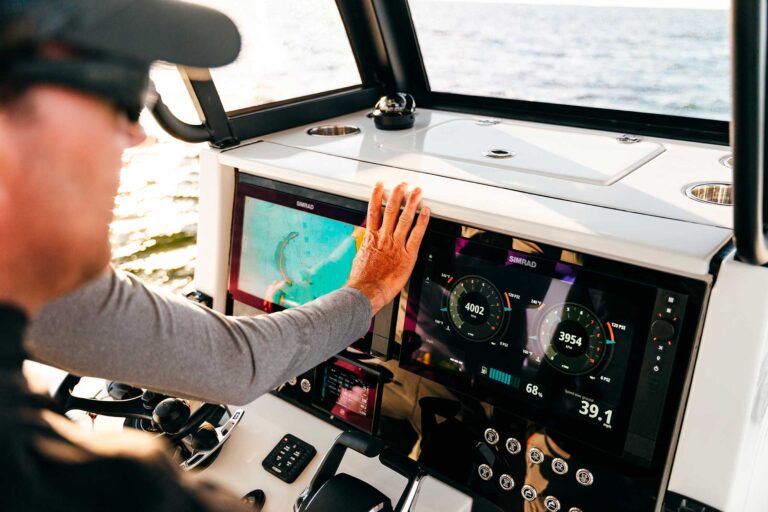I’ve been accused of going a little overboard (pardon the pun) when it comes to the amount of boating safety gear you should carry with you. My personal life vest includes two flashlights, a VHF radio to back up an AIS/PLB, a signal mirror, a whistle, and somewhere—in what little pocket space I have left—there is a waterproofed way to start a fire. Clearly, my time in professional search and rescue has caused me to internalize every accident I’ve ever seen, which has led me to become dissatisfied with the usual best practices and minimum equipment standards.
Boats obviously come in all shapes and sizes. It’s rare that I talk about equipment beyond the must-have requirements, but there is at least one exception. Every boat should have a sleeping bag and a bit of plastic sheeting aboard. The farther north you go, and the more open your boat, the truer that is. Having these two very simple, inexpensive tools aboard your vessel can make the difference between mere discomfort and absolute disaster should a crew member go overboard.
When a person is recovered from cold water, unless the air temp is truly warm, heat loss can easily continue if you are unable to get them dry and into a warm and dry cabin space. Yes, center consoles, I’m looking at you. But know this, with a cheap sleeping bag and a 7- by 7-foot sheet of plastic rolled inside, you’ll have everything you need to stop further heat loss. In less than two minutes, you can go from a “real problem” to “no problem,” and transport your recovered crew through windy and chilly environments to the safety of a dock or a responding rescue vessel.
You don’t have to purchase a 400-dollar hypothermia recovery capsule or a 600-dollar, lightweight, sub-zero-rated sleeping bag. Any inexpensive 3-season sleeping bag will do. For the plastic, I like a minimum of 3- to 4-mil poly sheeting because it is tougher, but even a seven-dollar, 1-mil plastic drop cloth from the hardware store will do the job. How does this work?
You fully open the sleeping bag, lay out the plastic on the inside of the bag, and lay down your recovered crew—wet clothing and all—on top. Wrap them up in the plastic to form a vapor barrier that will keep the sleeping bag insulation dry, then zip them up in the sleeping bag. In this mini environment they will stop losing body heat that the cool air is sucking out through their wet clothing and insulate them from the wind as you slowly cruise towards shore.
Hypothermia is a complex issue, and this makeshift gear is not a solution to everything you might face. I suggest reading The Truth about Cold Water Recovery for a more detailed understanding of how you should care for someone who has been recovered from a cold environment. After that, go a little overboard on the safety gear you pack on your boat.









